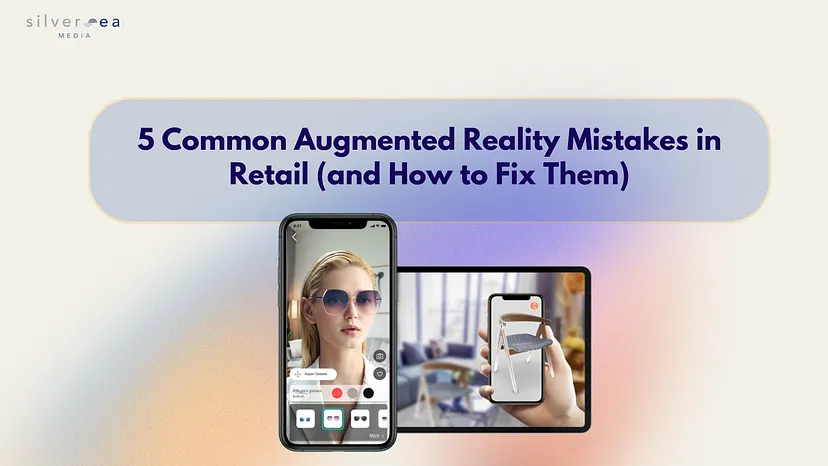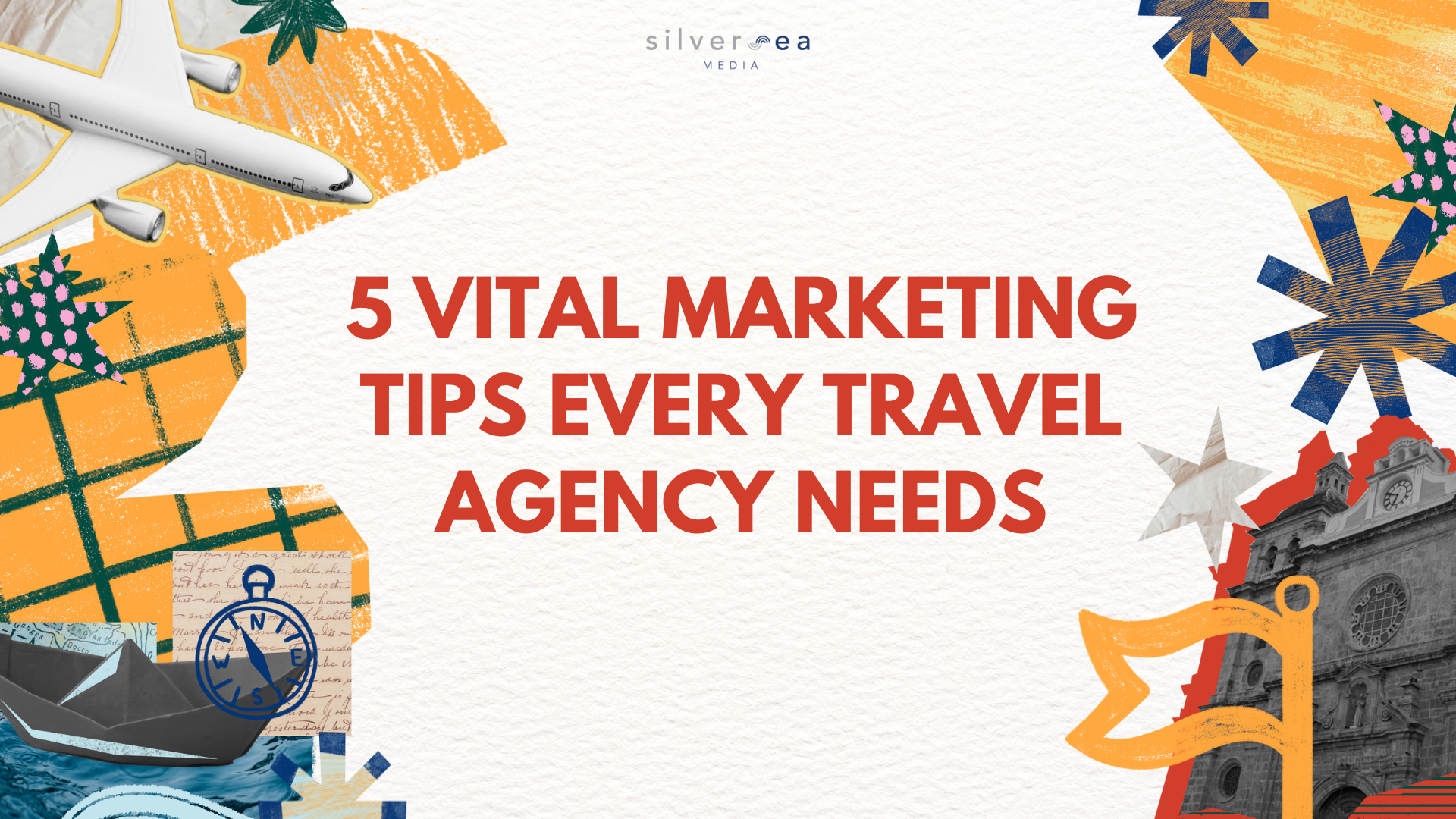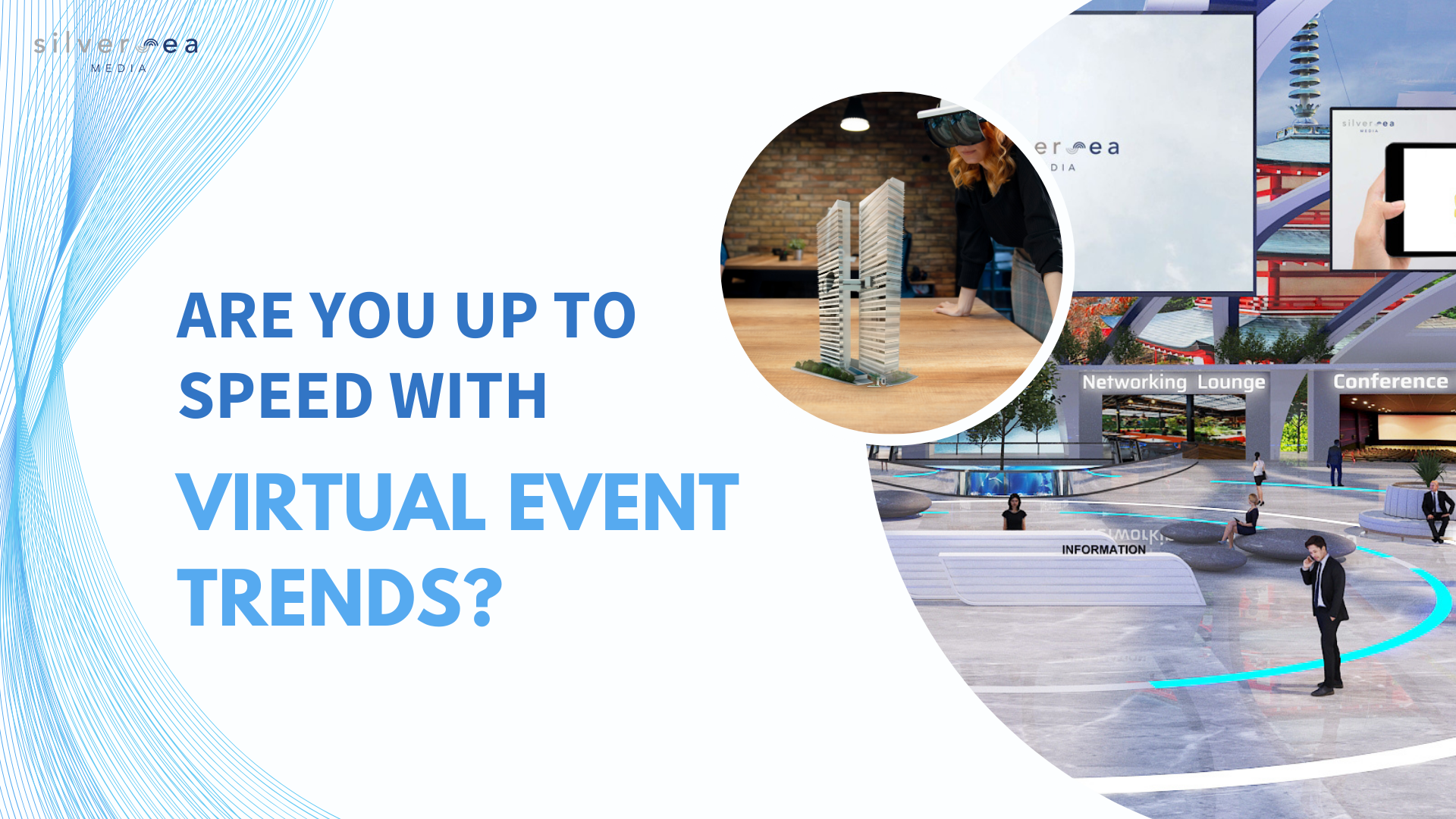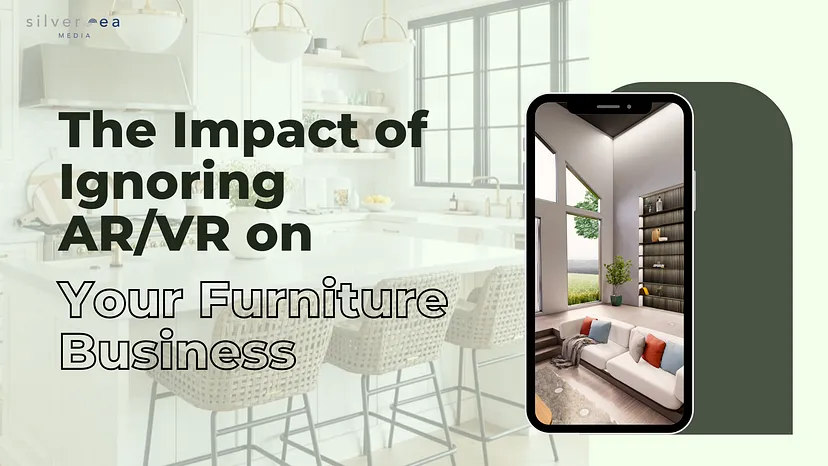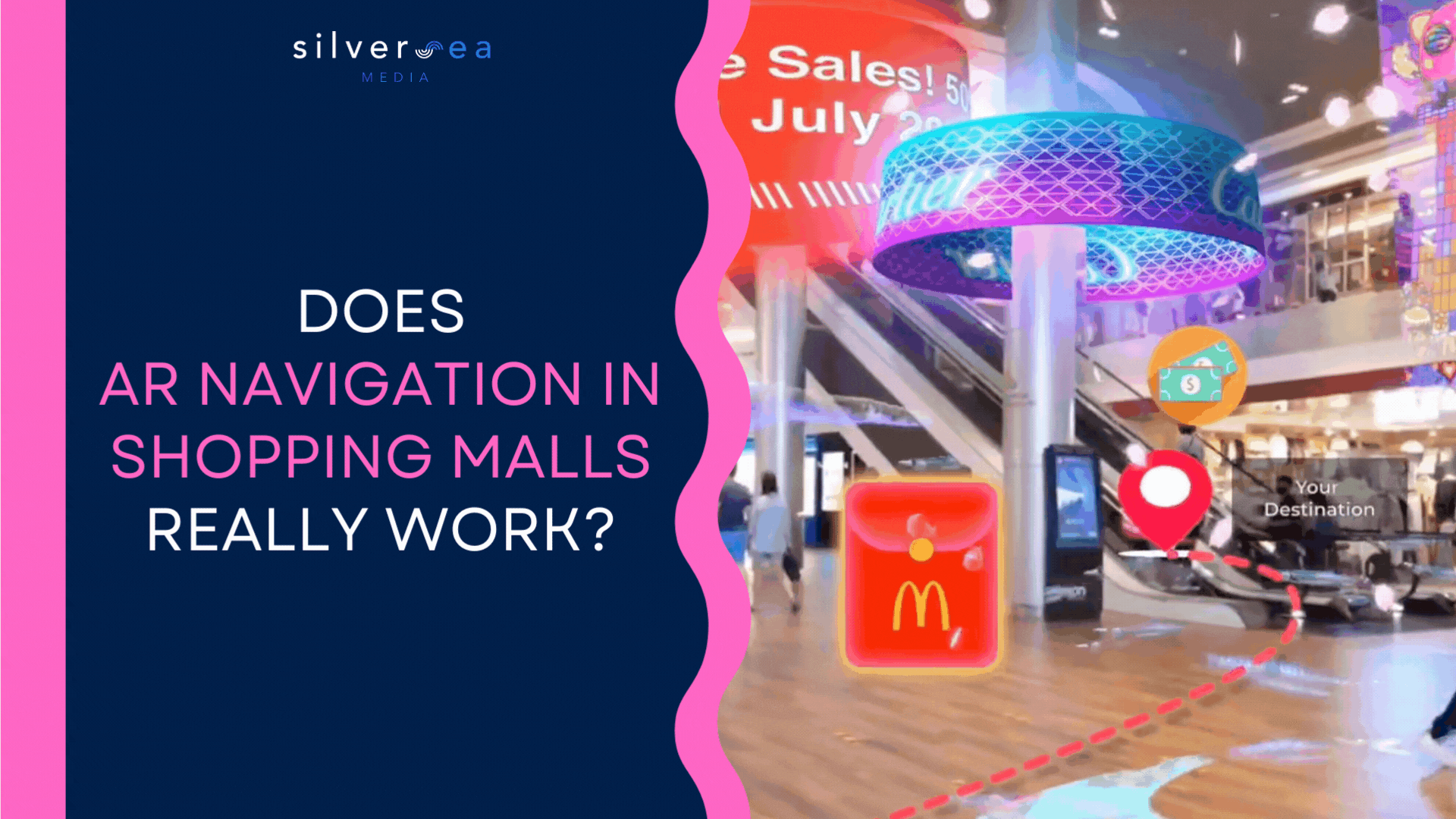The concept of immersive retail has gained traction in recent years, but not all efforts to create interactive shopping experiences have succeeded. Some have even had negative outcomes for the brands involved. In this article, we’ll delve into the use of Augmented Reality (AR) in retail and identify five common mistakes that brands should avoid.
Statistics on Augmented Reality in eCommerce
There’s compelling evidence indicating that AR significantly boosts online sales by accurately showcasing products, thereby increasing customer confidence in making a purchase.
Multiple studies corroborate this finding. For instance, Deloitte found that customers using AR for shopping are 30% more likely to buy a product than those who do not use AR. Similarly, research by Harvard Business Review suggests that AR reduces consumer hesitation at checkout, leading to a 20% higher conversion rate.
To maximize your investment, it is crucial to avoid the following common mistakes:
Mistake #1: Not Understanding the Target Audience
When conceptualizing immersive and experiential retail, it’s essential to consider your target audience at every step. What are their preferred shopping methods? How tech-savvy are they? Will they opt for online shopping before visiting the store, or do they prefer in-person interactions initially?
These considerations extend to various aspects, including the store’s location, operating hours, and the types of engagements and services offered. For instance, an AR kiosk may not resonate with an audience primarily consisting of adults over 65, but it could greatly appeal to Gen Z or Millennials. Ultimately, a deep understanding of your customers — their unique needs and preferences — significantly enhances the likelihood of success for your retail activation.
Mistake #2: Neglecting the Goal in Your Retail Experience
Often, retailers get excited about the wow factor of immersive technology — the fireworks and razzle-dazzle of the thing — and forget it has a job to do. Employing AR solely for its flashy appeal may result in short-lived excitement without significant or lasting success. Many retailers and brands hastily embrace AR, only to provide superficial experiences that fail to drive sales or conversions.
AR content and features should be carefully chosen and integrated into your sales funnel. For example, retailers must identify whether their goal is to drive overall sales, boost in-store or at-home purchases, promote specific products, offer product education, foster customer loyalty, elevate brand visibility, or achieve other objectives. Each AR application should be tailored to these goals to maximize its impact and deliver tangible business results.
Mistake #3: Inaccurate or Unrealistic Augmented Reality Content
Even the most promising ideas can backfire if executed poorly, and this applies universally, even to AR. In this domain, retailers frequently fall into one of two traps:
- Trying to get away with the bare minimum
- Trying to do too much with too little
If the AR content misses the mark or feels off, it could mean trouble for your sales and a surge in returns. When those AR features fail to depict your product accurately, it’s a recipe for customer frustration and more returns. Ultimately, this could lead customers to doubt the quality of your entire brand.
Customers are diving into AR to simplify their shopping journeys and amp up their confidence in what they’re buying. That is why Try-On and Place-in-your-Space AR are so popular. Yet, no matter the type of Augmented Reality content retailers employ, their priority should always be quality. Even if that means they can do less with their budget.

Mistake #4: Bad Tracking Ability
An important component of AR is tracking, which enables the precise positioning of virtual objects in the real world. Imagine trying on lipstick through AR, only for it to end up on your forehead! Tracking accuracy is pivotal, especially for Try-On or Place-in-your-Space AR experiences.
With the rising popularity of AR, the market is flooded with developers eager to capitalize on the trend. However, not all developers have the skills to deliver top-notch AR experiences. Some may offer low prices to compensate for their lack of expertise, tempting unsuspecting retailers.
To avoid disappointment, conducting thorough research and choosing Augmented Reality Solution providers with a proven track record and robust AR portfolio is essential.

Mistake #5: Prioritizing Aesthetics at the Expense of Functionality
Creating an immersive experience that captivates consumers involves a delicate balance between aesthetics and functionality. While aesthetics draw people in, functionality determines how well the experience engages and retains their interest. Ensuring that the design is easy to comprehend and enjoyable is crucial. Consumers may lose interest if the experience is too complex or time-consuming.
Where will the immersive experience take place? How long will it last? And what’s the traffic forecast? Will components need to be replaced or repaired during its lifespan? Remember, in immersive experiences, it’s all about finding the sweet spot where aesthetics meet functionality.

